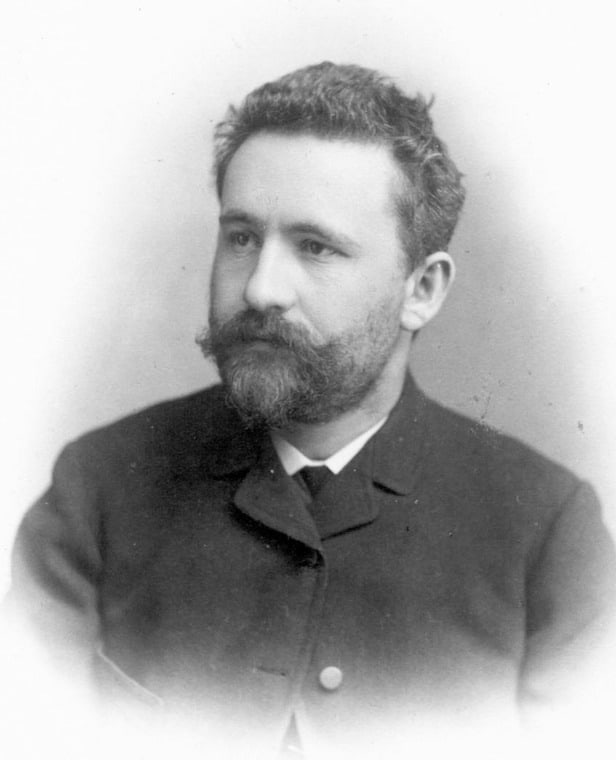
Emil Kraepelin
Emil Kraepelin: Pioneering Psychiatry through Dedication and Innovation
Emil Kraepelin (1856-1926) was a German psychiatrist who revolutionized the field of psychiatry with his meticulous observations, systematic classification, and groundbreaking research on mental illnesses. His contributions to the understanding of mood disorders, particularly depression, and schizophrenia have had a profound and lasting impact on modern psychiatry.
Early Life and Education
Born on February 15, 1856, in Neustrelitz, Germany, Kraepelin displayed a keen interest in the human mind from an early age. He pursued his medical studies at the University of Leipzig and later at the University of Würzburg, where he obtained his doctorate in 1878.
Kraepelin’s Influential Work on Depression
Kraepelin’s early career was marked by a dedication to the scientific method and a desire to bring rigor to the field of psychiatry. His first major work, “Clinical Psychiatry: A Textbook for Students and Physicians,” published in 1883, laid the foundation for modern psychiatric research.
One of Kraepelin’s most notable contributions was his pioneering work on depression. He meticulously studied and documented cases, emphasizing the importance of careful observation and classification. He recognized that depression was not a uniform condition, but rather a spectrum of disorders with varying degrees of severity and symptomatology.
Kraepelin’s observations led to the conceptualization of what is now known as “endogenous depression,” a term he coined to describe cases of depression that arise from within the individual, rather than being a reaction to external circumstances. This concept laid the groundwork for modern understanding and classification of mood disorders.
Distinguishing Schizophrenia from Other Disorders
In addition to his work on depression, Kraepelin made significant strides in the study of schizophrenia. At the time, schizophrenia was often conflated with other mental disorders. Kraepelin, through meticulous clinical observations and detailed case studies, distinguished schizophrenia from other psychotic conditions.
His influential work culminated in the publication of the seminal “Psychiatrie: Ein Lehrbuch für Studierende und Ärzte” (Psychiatry: A Textbook for Students and Physicians) in 1893, which firmly established the foundation for modern psychiatric classification systems.
Kraepelin’s Legacy
Emil Kraepelin’s impact on psychiatry cannot be overstated. His emphasis on empirical research, systematic observation, and precise classification of mental disorders laid the groundwork for the modern diagnostic criteria used today.
The legacy of Kraepelin’s work is evident in the diagnostic categories of the Diagnostic and Statistical Manual of Mental Disorders (DSM) and the International Classification of Diseases (ICD), which continue to guide psychiatric practice worldwide. His contributions have been crucial in fostering a more accurate understanding of mental illnesses and have paved the way for more effective treatments.
Emil Kraepelin’s life and work are a testament to the power of meticulous observation, systematic research, and unwavering dedication to advancing the field of psychiatry. His contributions to the understanding of depression and schizophrenia continue to shape modern psychiatric practice and have had a profound impact on the lives of countless individuals struggling with mental illness. Kraepelin’s legacy serves as an enduring inspiration for future generations of psychiatric researchers and clinicians, reminding us of the transformative potential that rigorous scientific inquiry holds for the field of mental health.
